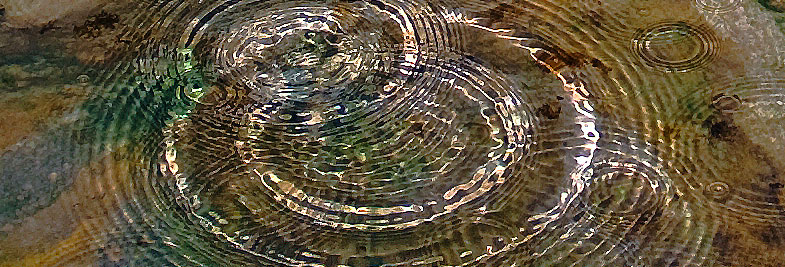"W3C" entries

Cross-pollinating Web communities
The integration of the Web's diverse communities broadens horizons and technology.

Web projects are integration projects, combining skills from a number of disciplines. Lousy interfaces can obscure brilliant code, and ingeniously engineered back-end systems can still fail when they hit resource limits. “Content” lurks in many guises, requiring support not only from writers and illustrators but from video specialists, game designers, and many more. Marketers have built businesses on the Web, and influence conversations from design to analytics. You don’t have to be a programmer to do great work on the Web. The Web stack is vast.
Web development models include far more than code. Creating great websites and applications demands collaboration among content creators, designers, and programmers. As applications grow larger, supporting them requires adding a cast of people who can help them scale to demand. As projects grow, specialization typically lets people focus on specific aspects of those larger disciplines, supporting networking, databases, template systems, graphics details, and much more.
In some ways, that’s a recipe for fragmentation, and some days the edges are sharp. All of these communities have different priorities, which conflict regularly. Battles over resources sharpen the axes, and memories often linger.
At the same time, though, often even in environments where resources are scarce, different perspectives can reinforce each other or create new possibilities. Sometimes, it’s just because the intersection spaces have been left fallow for a long time, but other times, the combinations themselves create new opportunities. Read more…

